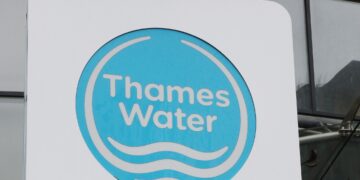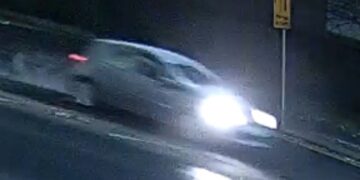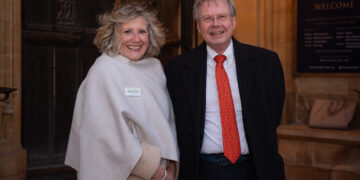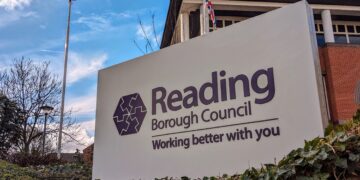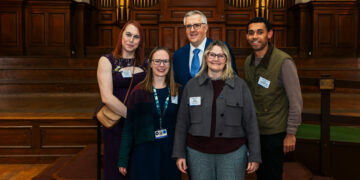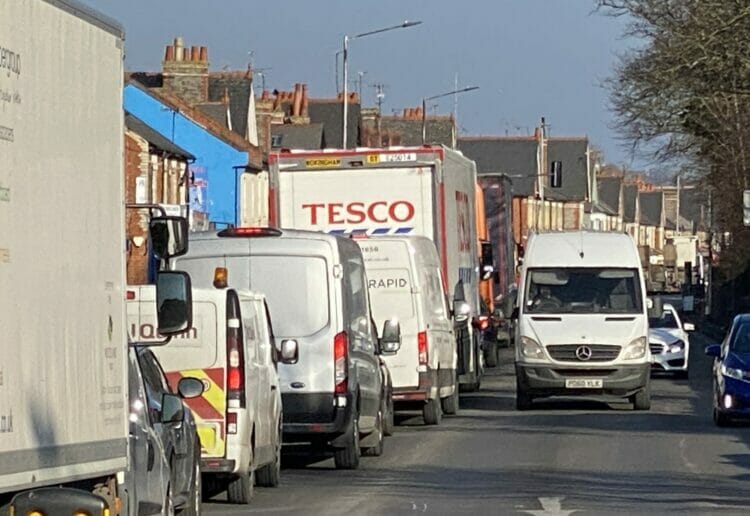A 12-WEEK consultation into the future of Reading’s transport has been launched with a view to boosting cycling, public transport and walking around the town.
Among the council’s priorities is boosting air quality, by offering affordable and practical alternatives to using cars.
And, coming while the town is snarled up by roadworks in west Reading, the aim to reduce congestion will be welcomed by many.
The Transport Strategy for Reading is in draft form until it is adopted by the Strategic Environment Planning and Transport (SEPT) Committee early next year. As part of this consultation process, the council has launched a website detailing its plans, and is welcoming submissions.
Among the proposals, the council says it wants to double the number of bus journeys to 28 million by 2040, and increase the number of rail journeys to 20 million. Park and ride usage would increase to a million people – a tenfold rise.
Overall, half of the trips to the town centre should be made by public transport if the plan works out.
It will achieve this through more bus lanes, bus priority corridors, and additional cycling and walking routes.
The council will seek to create a network of local pedestrian routes as part of its healthy streets principles. It also includes enhancing the Reading School Streets scheme, and encouraging cycle and scooter parking in schools.
There will be some specific schemes proposed for major routes.
The Oxford Road will see parts of it reallocated to walking and cycling schemes, new and upgraded crossings, and an exploration of rerouting freight traffic to different routes.
Similar plans are being mooted for the IDR, which the plan says acts as a barrier to getting people walking and cycling to the town centre, with quantity and speed of traffic identified as a barrier.
London Road between Cemetery Junction and Sidmouth Street will have enhanced cycle lanes in each direction, with improved junctions and crossings. It will be linked to the wider cycle network.
Similar ideas are suggested for Bath Road and Castle Hill, where segregated cycle lanes and junctions will be introduced, with double yellows lines laid down to prevent cars from blocking the active travel routes.
Work on the Shinfield Road area has already started and gives a flavour of what to expect elsewhere: segregated cycle lanes, footway widening and shared spaces for pedestrians and cyclists.
More parking spaces for bikes will be installed across the town. These will have CCTV, lighting, charging points, repair stands and key card access.
While the council has tried bike hire schemes twice before, it might be third time lucky as a new project is suggested. This will include ebikes and escooters, with more docking stations to make it easier to use.
A Bus Rapid Transit network established, linking the town centre with park and rides in every corner of the borough. They will include major landmarks including the RBH and university.
The council says other bus enhancements would include bus shelters with real-time information, reduced fares and an expansion of the red route scheme.
It is proposed that park and ride centres are improved, for example, at Winnersh Triangle, more parking is installed and a waiting room with a cafe and toilets built.
While the bus lane bridge plan over the River Thames was axed by Wokingham Borough Council, the strategy for cars includes a call to review the need for an additional road crossing over the river.
The suggestion in the plan is from Thames Valley Park to the A4155, but this would require support from South Oxfordshire District Council.
Motorists would be encouraged to join car club schemes, and there would be improvements to the Cow Lane bridges, upgrades to traffic signals and a 20mph zone for the eastern area.
Reading Borough Council says there is also an emphasis in the strategy on exploring options to tackle the many thousands of vehicle journeys which have no origin, no destination, and no purpose in Reading, and continue to use the town’s roads and communities as a rat run, polluting Reading’s air and damaging the health and wellbeing of residents.
While demand management schemes would be explored as part of the strategy, the Council says any future scheme would not involve proposals to charge residents or businesses. Instead, options would focus on deterring through traffic which does not stop in Reading, and highly polluting vehicles.
Councillor John Ennis, Lead Councillor for Climate Strategy and Transport, said: “We know that Reading is a successful town and a place where people want to live, work and visit. Our new draft transport strategy outlines how we can successfully absorb that growth without both grinding to a halt and damaging the health of local residents.
“The only realistic way to do that is by investing in even better public transport alternatives to the private car. To make public transport attractive to people, we need to make it quicker and more reliable. It is also about making it easier for people to choose to walk or cycle somewhere, particularly for shorter journeys.
“We are realistic, and we know that there are good reasons for car journeys, but if we can encourage people to consider switching to electric vehicles by building more charging infrastructure, it will make a real difference.
“It is a tough balancing act for any town or city, especially a successful one like Reading. I know lots of residents will have ideas and opinions which we want to hear so that they can be fed into determining a final strategy for Reading, aiming to get buy-in from the people who live and work here and are therefore directly affected.”
You can find out about Reading’s future transport challenges, and how the strategy aims to tackle it, at www.reading.gov.uk/RTS2040. The consultation runs until December 11.

